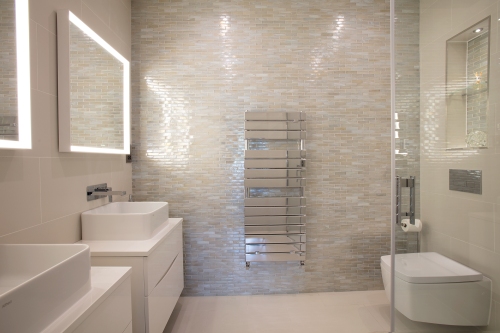What we do for that design £ee?
Hi there. I was going to write about Architects vs Interior Designers but would like to talk about how we approach a project and whats involved. I believe it would be helpful to shed some light on this.
This is how we generally approach a prospective project. One room or full home renovation, the same procedures apply.
Stage One. Meet client. Ask them about their vision for their space. What do they want to achieve. What do they like. (This is where Pinterest comes in) What don’t they like. How do they live (if a residential project) How would they like to live. What are their expectations from us. Are we to collaborate with an architect. What’s on their ‘wish list’. Do they have a budget in mind. This is really important for obvious reasons and the budget may or may not be achievable, we always try to work within that budget, if not we always advise otherwise. We explain the way we work; our fee levels, generally clients expect to pay a design fee, which can be a set sum or a percentage of the project total. We project manage for which there is a separate fee for that service. Interior designers procure product for their clients, historically, the trade discounts received were not passed onto the client, if the client asks, we offer the client a discount off the product. This all needs to be discussed openly for complete transparency. And, finally, do we like each other, can we work together and is there trust on both sides?
Stage Two. Assuming we like each other. Client pays deposit for the design stage. Depending on what is involved, this will have a timescale attached to it. Studio work commences based on the client brief and the exchange of visual information normally via Pinterest, or, the old fashioned way, magazines. Ideas submitted back to the client with an idea of cost. Clients likes or dislikes, changes are made, we usually allow 2-3 changes within the design fee. Project budget is firmed up. Any building control or planning applications are made if required.
Stage Three. Preliminary designs are worked up into the construction package, which are drawings and specifications of all the works involved in the process. These documents are approved by the client so they are in agreement with all works and products selected. If the client doesn’t have a builder in mind, we use our own contractors and go out to two others for competitive pricing: the contractor that carries out the work is hugely important to the success of the project, a builder that does not conduct themselves as they should is highly stressful and potentially disastrous.
Stage Four. Contracts are agreed and deposits paid. We are then ready to go. Site preparation, timeline schedule or project schedule is completed, submitted and agreed. Client approval and acceptance is requested at every point, we do not like our clients to have surprises of any kind.
Stage Five. Project management is undertaken making sure the quality of the work is up to scratch and all drawings and specs are being followed. Sometimes issues will occur that were unforeseen and changes need to be made, in this case the detail is discussed with the contractor and relayed back to the client if needed. Weekly reports are submitted to the client so they know what’s happening. Many of our clients live overseas, so a written report is essential.
Stage Six. Completion. The property is professionally cleaned and a successful project is delivered meeting all of our clients expectations. Happy client. Happy interior designer.
